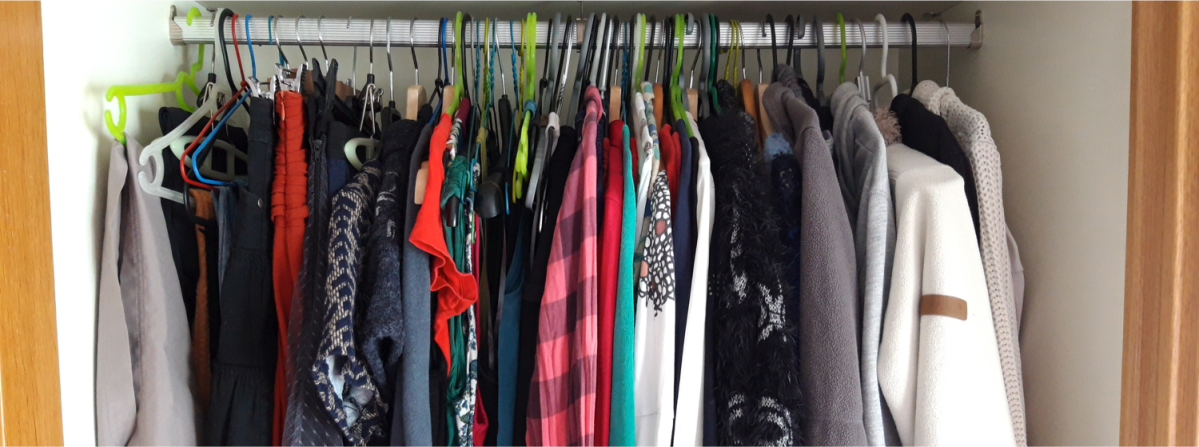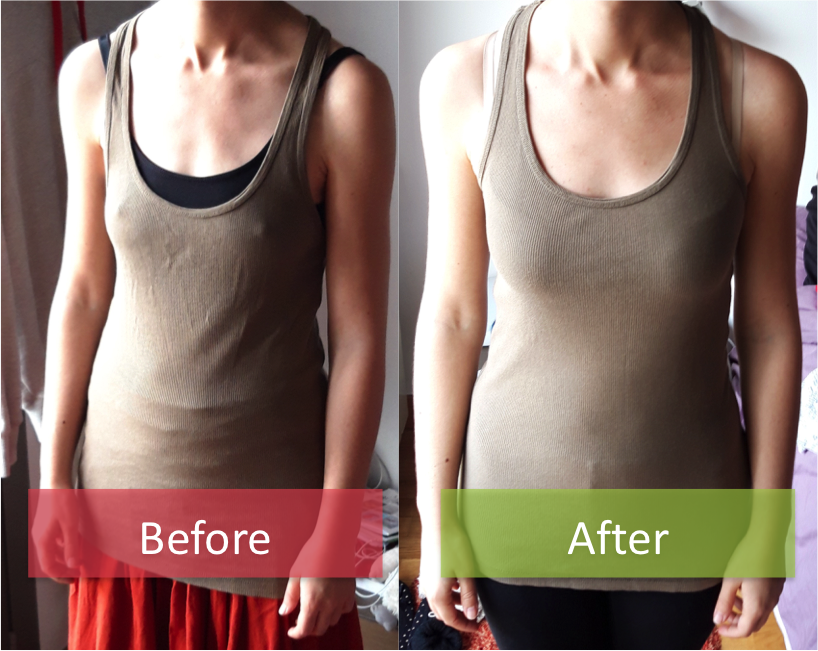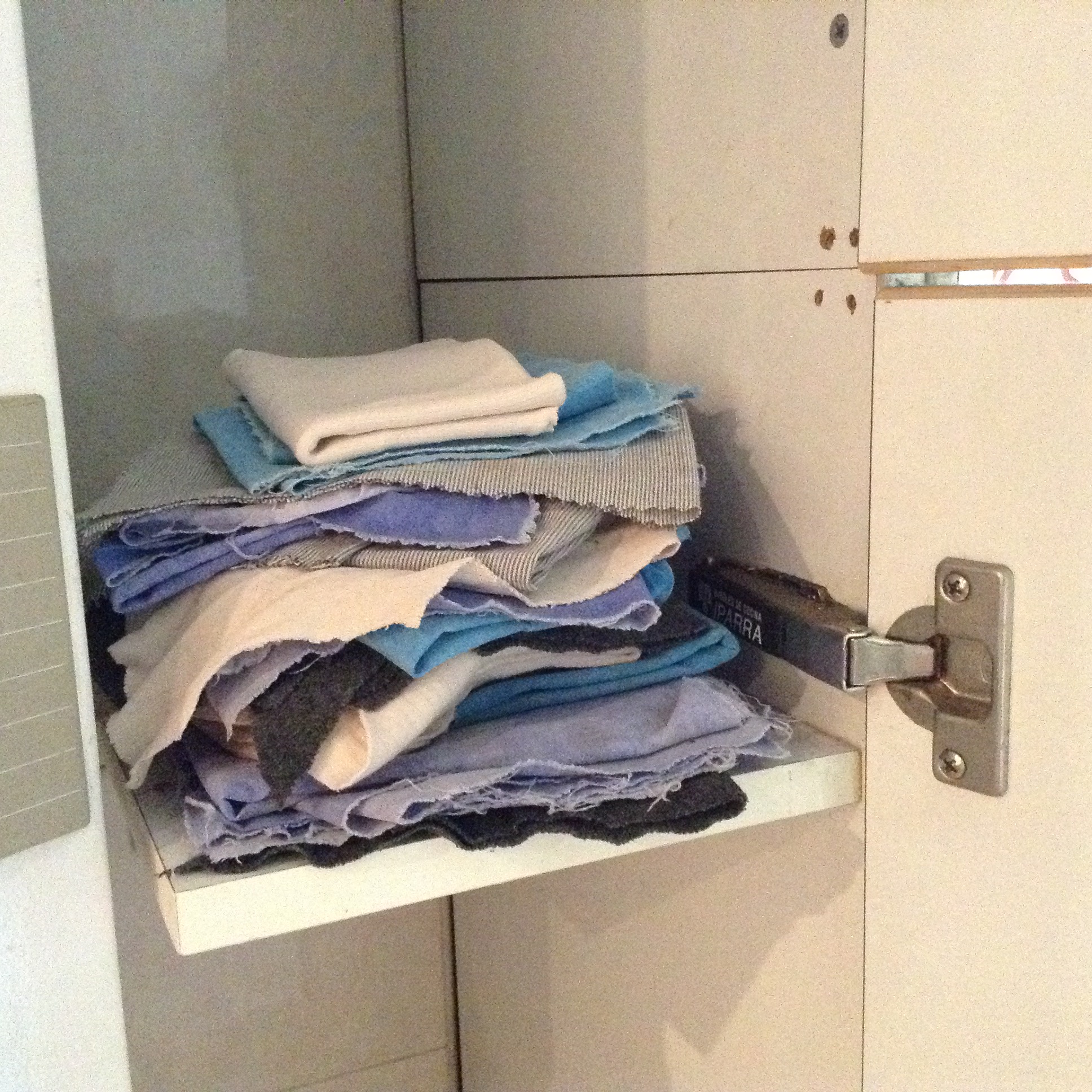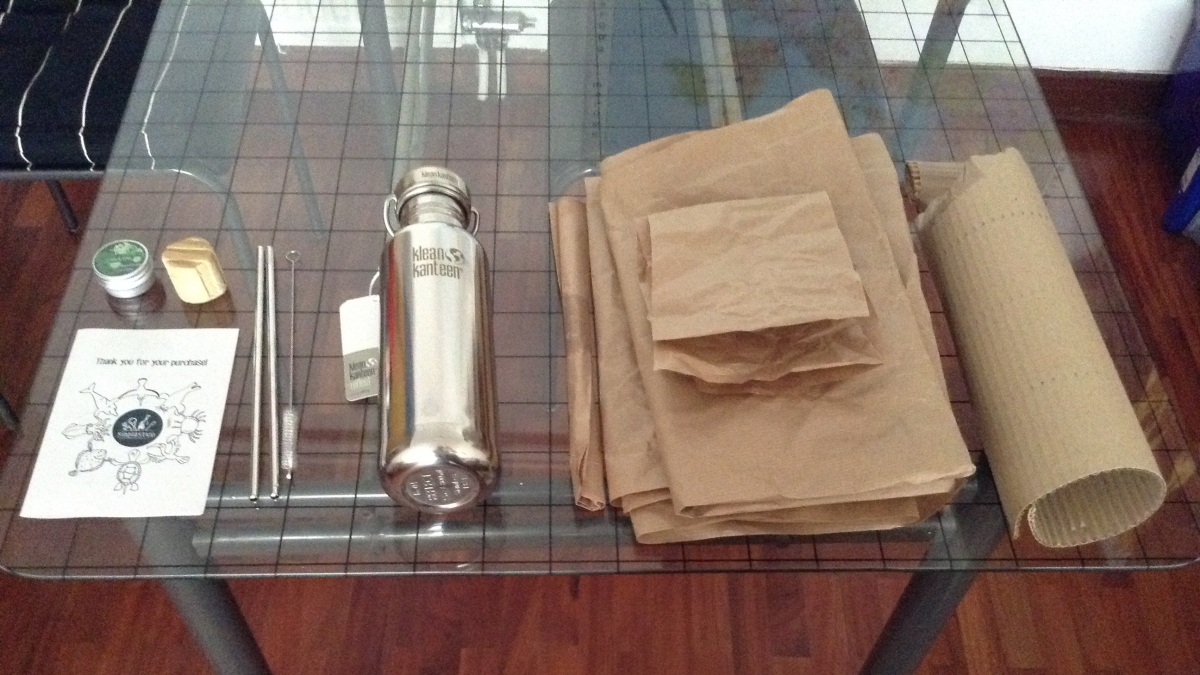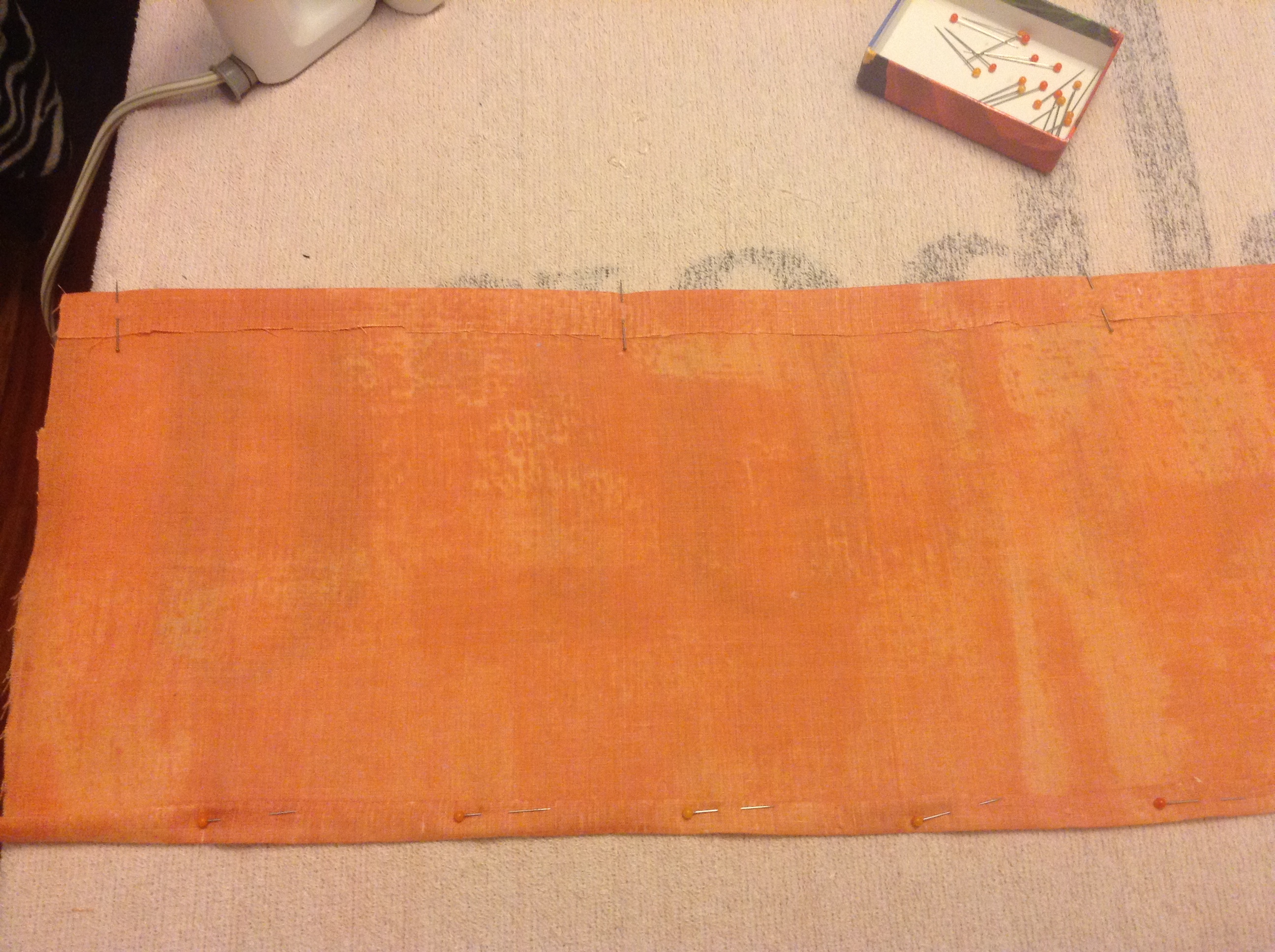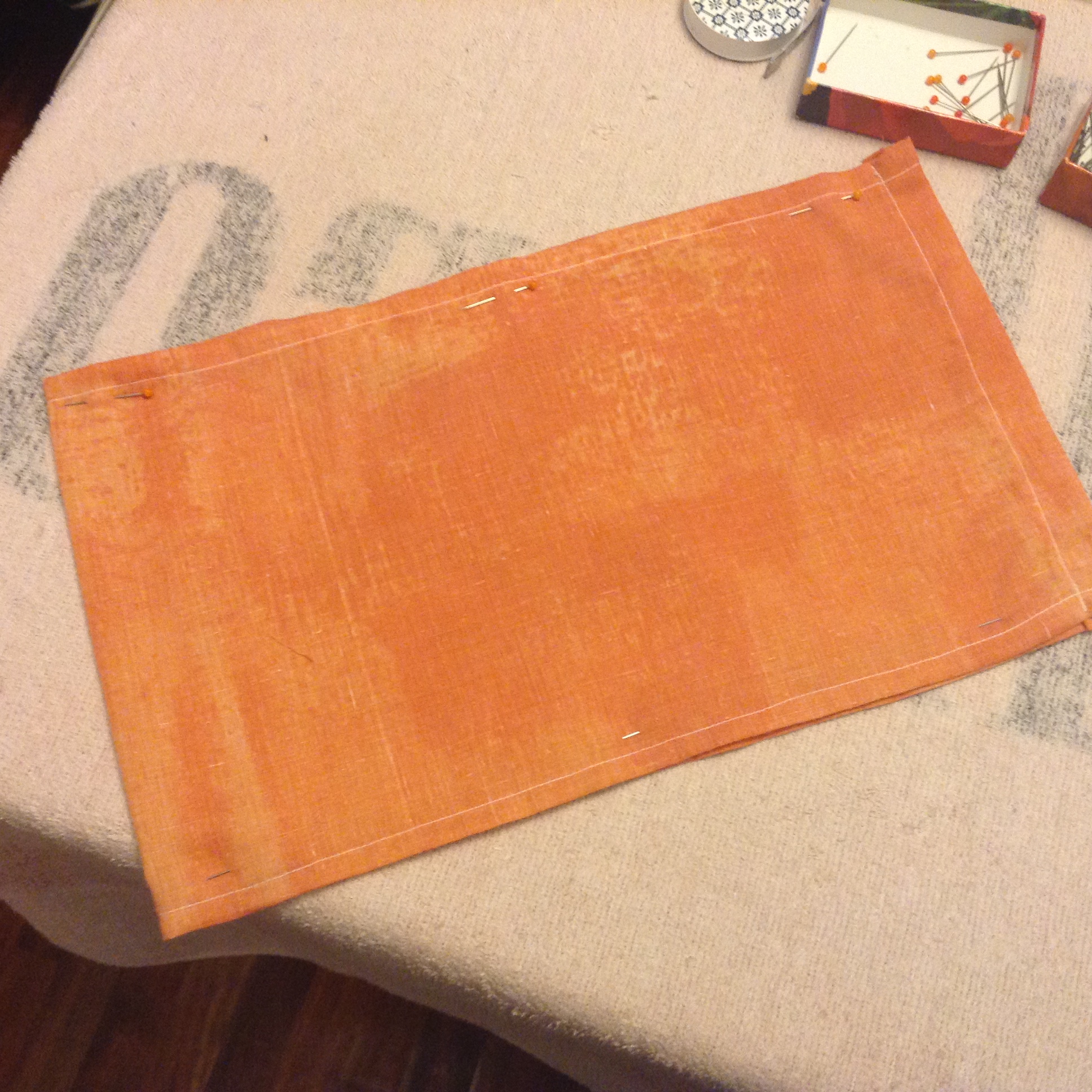The zero waste journey is made of the accumulation of little acts of resistance against the status quo in everyday life. This series of post is about those little steps I take every month to make my life simpler and more sustainable.
The last couple of months has been busy with PhD graduation, job interviews and starting a new job. Being now working full time might slow down my zero waste progress, although I will keep going. It also means that I will have less time to work on this blog. It has been a great tool to fuel my reflection and my actions about sustainability for the past year and although I might become more quiet, I am not planning to give this space up yet.
Simple wardrobe refactor
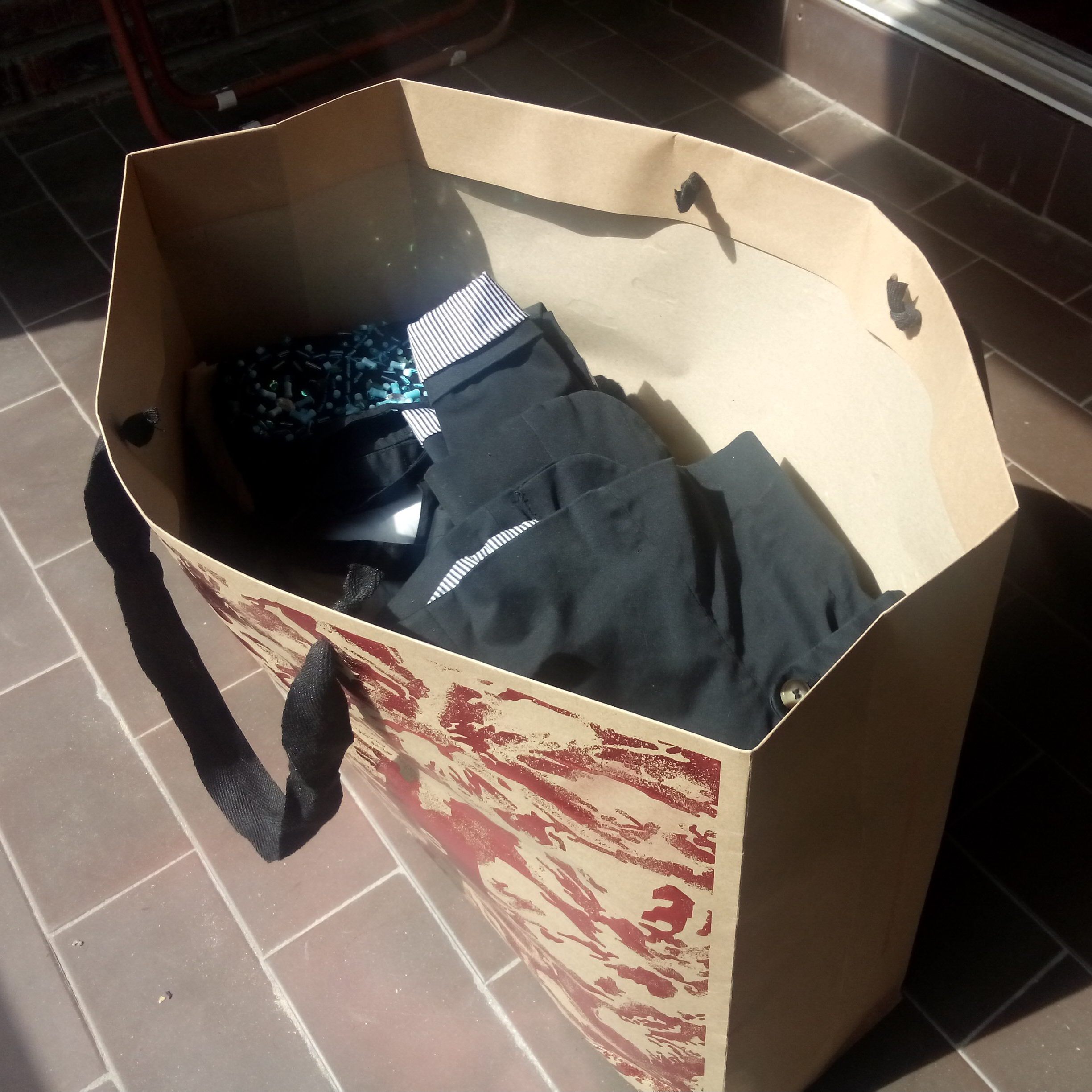
This month I have finally switched to my spring-summer wardrobe, with a bit of delay due to all the crazy travelling for graduation, job interviews and else. This was much needed, as with time passing, I had taken clothes I needed for specific occasions out of storage without putting them back. I also had to buy some new clothes to look sharp in my job interviews. All in all, my wardrobe was back to crowded and I had to fight with it every morning. I decided I would give away at least two items for every new one that made it to my wardrobe until I no longer have extra clothes. I have been donating quite a bit of clothes in the past few years, so it is getting more difficult to find things to give away. All the clothes I have left are pieces I like and that fit me. So I try to focus on giving the ones that I know I will never wear because I have other similar pieces that I like much more and I managed to give one more full bag of clothes that way. To be continued.
Fountain pen
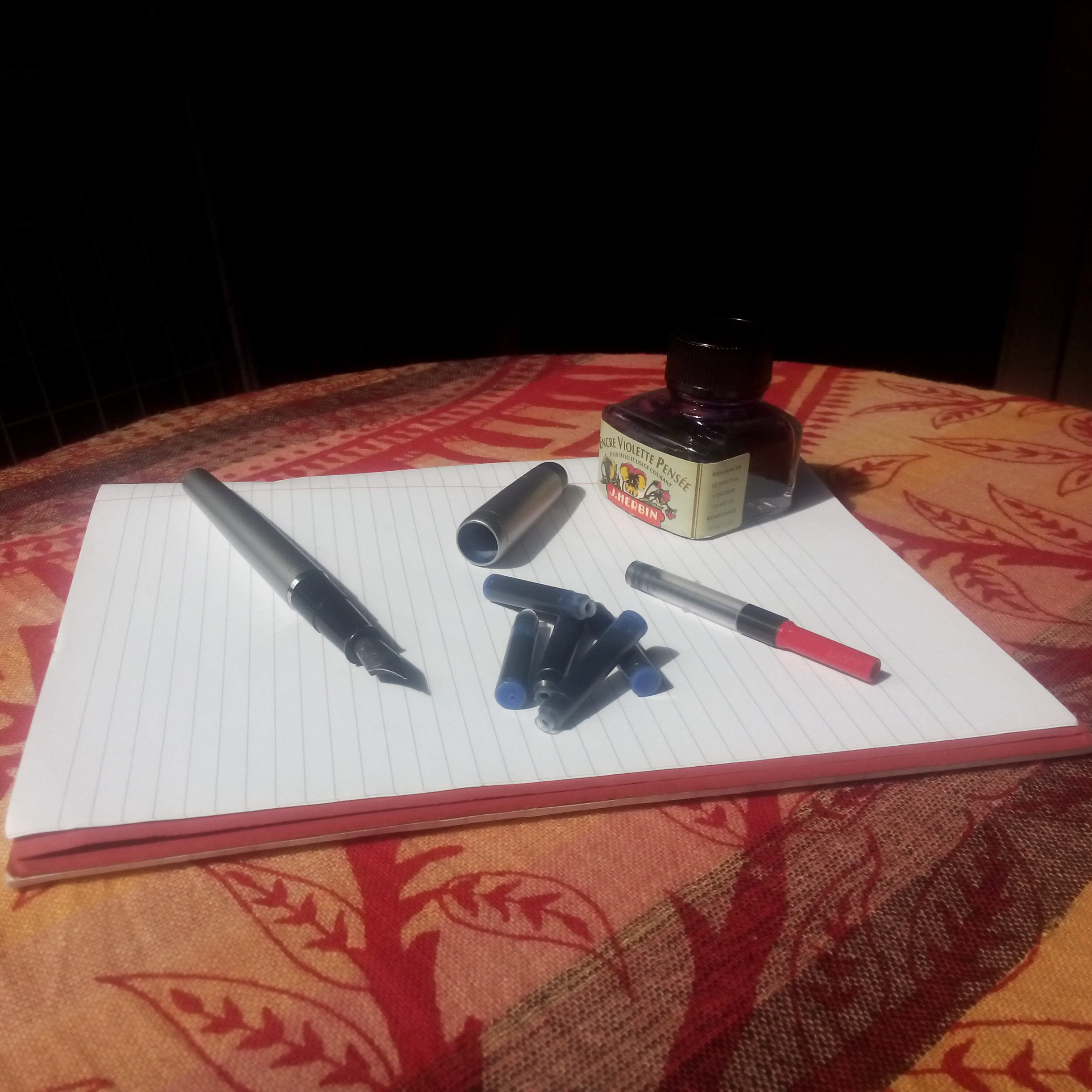
I used to buy those ink pens that you have to throw away once the ink runs out, but now that my stash ran out, I have dug out my high school fountain pen. I still have a few cartridges to go with it, but when they are over, I will switch to a refillable cartridge as this is the most sustainable option. When I get there, I might write in violet for a while as I happened to have a full bottle of it.
Handkerchiefs
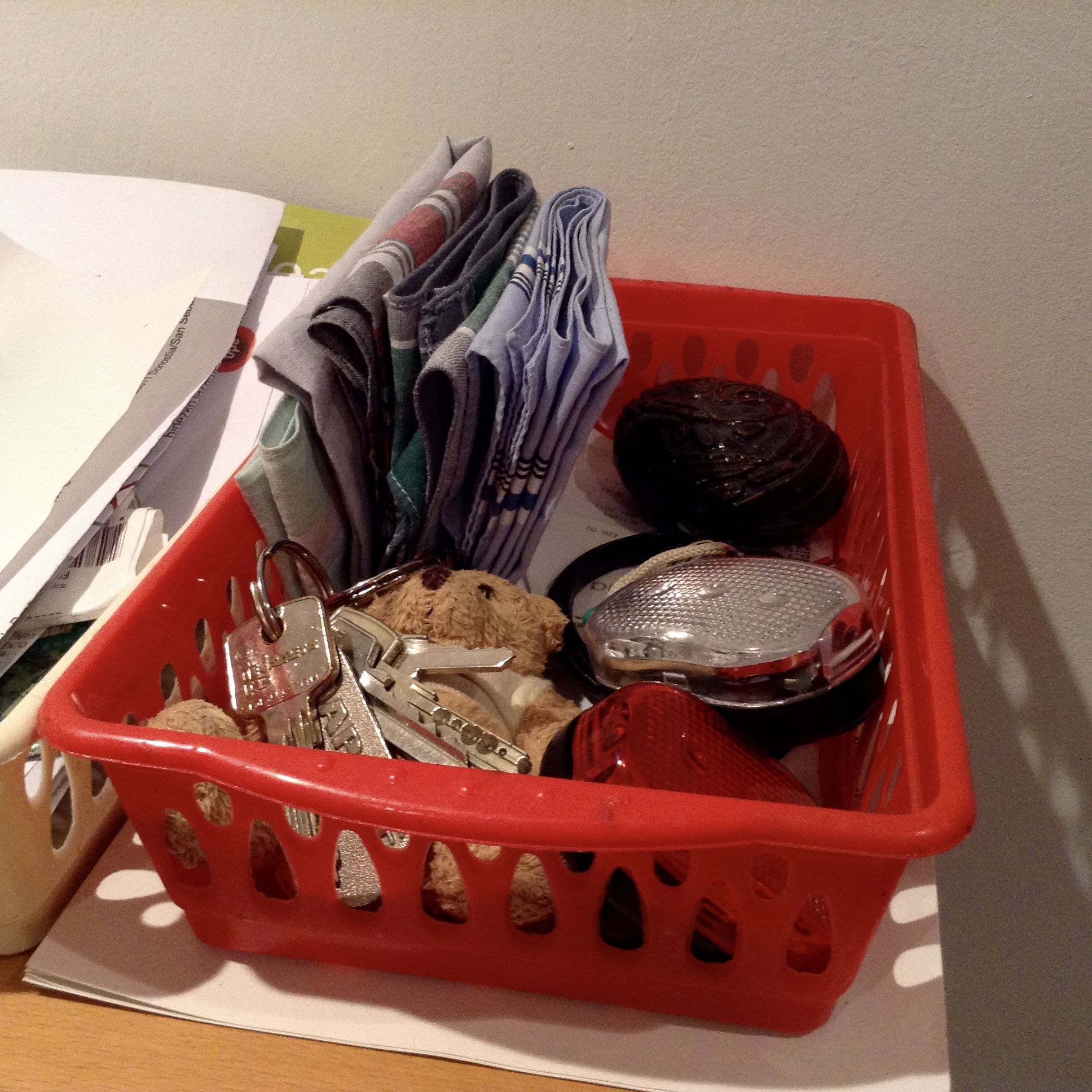
I bought a set of second hand handkerchiefs at a flea market last summer. It turned out 10 of them was not completely enough. I would often run out while they waited to be washed. In the meantime, my dad rediscovered the stash his parents got him and gave them to me. Now with 20 of them, the rotation works quite well. The only problem was that I would regularly forget to take a clean one with me, so I have put a few in the entrance basket where I put my keys. It is not 100% fail proof, but helps me to check if I have one with me before I leave.
Doing without … a printer
We left our printer in London, and although we thought about buying one several times, we finally decided we would not need one. We can copy, scan and print for 0.15€ a page in the corner shop. Not having the printer at home and paying per use means we think twice before printing something and we try to look for alternatives. I have been using eTickets more and more, for example. This makes sense economically (we will have to make a lot of copies before paying more than printer + paper + ink) and environmentally (one ‘community printer’ will generate less waste than a lot of individual and cheaply made ones).
Fix it and make it last … umbrella
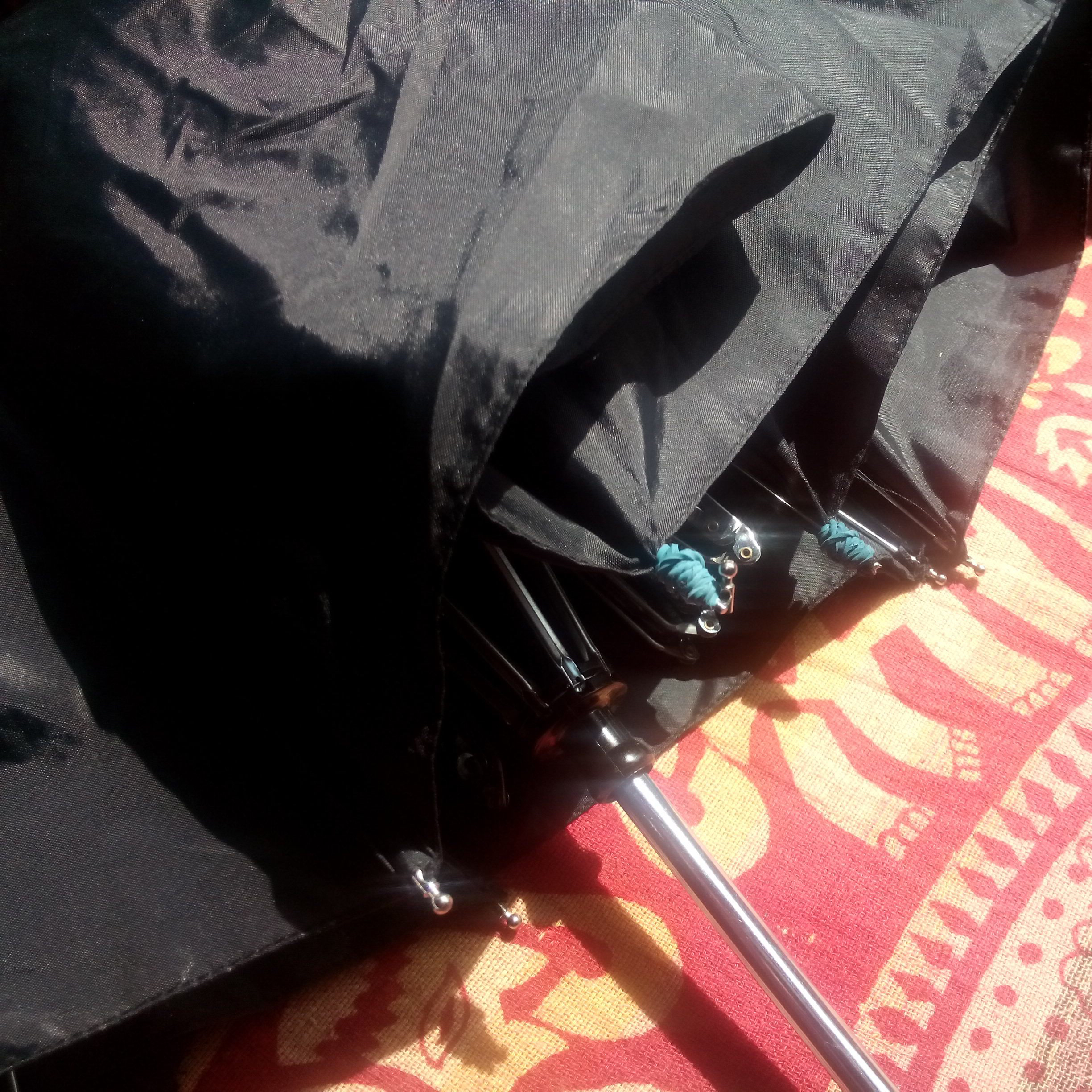
I have never been a great fan of umbrellas, maybe because there is always too much wind to use them in my home town, but somehow in San Sebastian it is hard to do without one. I have this umbrella that I miraculously found in a London bus a day of rain I was totally under-equipped for. The canopy was off at the end of one of the ribs, but it did the job that day and many other days. Recently the canopy went off a second rib and I was starting to consider getting a new one. But then I started thinking about how to fix it and I came up with a quick solution: use rubber bands (they had been salvaged from bunches of parsley or something like that) to tie both parts back together. This will not last forever, but the fix took 10 min and saved me the hassle of looking for an umbrella that is small enough to fit in my bag and resistant enough to last me for years. And the day this umbrella finally gives up, I’m planning to use the canopy to make a waterproof reusable shopping bag.
***
This July, I will take part in Plastic Free July, an Australian initiative to raise awareness about the plastic pollution our current lifestyle leads to and encourage refusing single use plastic during a month. Since I started my zero waste journey, I have cut single use plastic tremendously, but there is still room for improvement and this challenge is a great way to pin point what they are. Follow me on Facebook to see how I am doing.
It is really easy to join, even if you are a complete beginner with waste reduction. At www.plasticfreejuly.org, you can pledge to join for a day, a week or any part of the month you like and if you don’t feel up to looking at all your plastic usage yet, you can start with the ugly 4: single-use bags, water bottles, straws, and single-use to go cups.
What will you do this July to reduce your single-use plastic consumption?


